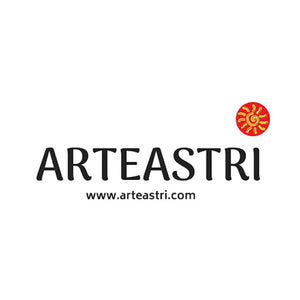Here’s Why You Should Adapt To Slow Fashion Immediately
After the bleak incident at Rana Plaza in 2013, where over 1100 people lost their lives, the stark distinction between slow fashion and fast fashion has been constantly highlighted. For those new to the concept, fast fashion is a sector where maximum production is completed in the shortest time possible. Whereas in Slow Fashion, attention is given to sustainable and ethical approaches.

So here’s why Slow Fashion is better than the inhumane approaches of fast fashion:
Less waste and use of nature-friendly resources:
Slow fashion emphasizes on man’s relationship with nature by using minimal chemicals and Eco-friendly dyes, making each design one-of-a-kind. This is in complete contrast to a thousand identical units produced by fast fashion industries. Not only does it produce more waste and as a result harm the environment we live in, it stomps out every vestige of individuality with its mass production tendencies.

Sustainability is the need of the hour:
With the rise in global warming and resultant climate change, many industries are moving towards sustainability as part of their corporate social responsibility. Slow fashion has been valuing these nature-friendly procedures right from its conception. Additionally, it also respects and values the artisans who dedicate their time and energy to production. This makes the entire process quite time-consuming, and as a direct result, more valuable.
Slow fashion is for those who have a taste for quality over quantity, which we’re sure is the case for all of us who take a genuine interest in fashion.

Health hazards and working conditions
“The official death toll is 1,132. But these things are never clear-cut. That number doesn’t include, for example, Nowshad Hasan Himu, a volunteer who spent 17 days in the rescue work that pulled more than 1,000 survivors from the rubble. Some could only be freed by amputating limbs. Himu rescued dozens alive, and also moved the dead. On April 24 2019, the sixth anniversary of the disaster, he committed suicide.
He could not forget. We should not forget.”
Fast Fashion is a $30.58 billion industry as of the year 2021. The incident at Rana Plaza not only highlights the hazardous conditions in which the Bangladeshi workers were forced to continue working, but also the need for this situation to prevail. A culture that is enticed by the low prices of this mass produced apparel is just about as responsible as the suppliers themselves.
Slow Fashion industries always practice offering decent wages to their artisans as well as provide healthy and hygienic zones for them to work in. By being a cog in the vast machinery that is fast fashion, somewhere, we are encouraging the ill-treatment of people from a class of economically developing nations.

It’s trendy! (For now)
Visibility on social media has become a vital part in the fashion industry, and following the trends on social media proves to be beneficial for all the industries. Despite the buzz related to following trends on social media, the slow fashion industry chooses to serve a purpose with intention. Slow fashion is another name for ethical fashion, which serves as a bond between raw materials, labor force and environment. The working principle of the fast fashion industry is completely based on the latest trends on various social media platforms. The methods used in the fast fashion industry are modern and severely unethical.

Durability and reliability:
Only 1% of the products manufactured by fast fashion industries can be recycled. One can only imagine the harm it can cause to nature. The sustainability of products by slow fashion industries makes them more durable and reliable. Besides, their life-span is a lot greater than the products manufactured by fast fashion.

“Ethical fashion is the recognition that there are human beings behind the clothes that we wear.”
-Elizabeth Joy.
With this awareness, we all need to appreciate the efforts and skills of all the artists concerned who are intentionally or unintentionally, for the sake of their livelihoods, making an impact on the fashion industry and giving impetus to the growth of ethical fashion.
